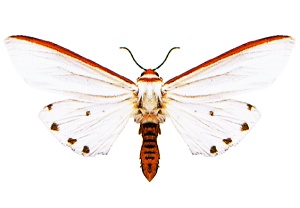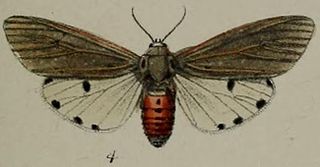
A key blank is a key that has not been cut to a specific bitting. The blank has a specific cross-sectional profile to match the keyway in a corresponding lock cylinder. Key blanks can be stamped with a manufacturer name, end-user logo or with a phrase, the most commonly seen being 'Do not duplicate'. Blanks are typically stocked by locksmiths for duplicating keys. The profile of the key bow, or the large, flat end, is often characteristic of an individual manufacturer.
Tabish Khair is an Indian English author and associate professor in the Department of English, University of Aarhus, Denmark. His books include Babu Fictions (2001), The Bus Stopped (2004), which was shortlisted for the Encore Award (UK) and The Thing About Thugs (2010), which has been shortlisted for a number of prizes, including the DSC Prize for South Asian Literature and the Man Asian Literary Prize. His poem Birds of North Europe won the First Prize in the Sixth The Poetry Society (India) Competition held in 1995.

ALOA Security Professionals Association is an American trade organization for locksmiths and other physical security professionals. The organization represents more than 6,000 locksmiths in the United States, Canada, and other countries, making it the largest association of its sort in North America, and conducts professional proficiency certifications for its members.

Bhuyanpur is an Upazila of Tangail District in the Division of Dhaka, Bangladesh.

The Spilosomina are a subtribe of tiger moths in the Arctiini tribe, which is part of the family Erebidae.

Neda Arnerić is a Serbian actress. In 1980, she graduated from the University of Belgrade Faculty of Philosophy with a degree in Art History.

Aloa is a genus of tiger moths in the family Erebidae.
Paramsacta is a genus of moth in the family Erebidae. It includes two species:
PC-lint is a commercial software linting tool produced by Gimpel Software for the C/C++ languages.

Laʻaloa Bay is a popular recreation area in Kailua-Kona, on the Big Island of Hawaiʻi.
Aloa: Festivity of the Whores is a 1988 Yugoslav film directed by Lordan Zafranović. It is based on a novel by Veljko Barbieri.
Afraloa is a genus of tiger moths in the family Erebidae. The genus contains only one species, Afraloa bifurca, which is found in Cameroon, the Democratic Republic of Congo, Equatorial Guinea, Gabon, Ghana, Kenya, Nigeria, Sierra Leone, Gambia, Togo, Uganda and Pakistan.

Aloa lactinea, the red costate tiger moth, is a moth of family Erebidae. The species was first described by Pieter Cramer in 1777. It is found in India, Japan, southern and western China, Taiwan, Java, Sumatra, Sri Lanka, Myanmar and the Philippines.
Aloa cardinalis is a moth of the family Erebidae. It was described by Arthur Gardiner Butler in 1875.
Aloa ihlei is a moth of the family Erebidae. It was described by Karel Černý in 2009 and is endemic to Thailand.
Aloa collaris is a moth of the family Erebidae. It was described by George Hampson in 1891. It is found in Hainan in China and in southern India.
Aloa costalis is a moth that belongs to the family Erebidae. It was described by Francis Walker in 1865. It is found in north-eastern Australia.
Aloa flavimargo is a moth of the family Erebidae. It was described by George Hampson in 1894. It is found in Myanmar.

Aloa moloneyi is a moth of the family Erebidae. It was described by Herbert Druce in 1887. It is found in Cameroon, Eritrea, Ghana, Nigeria, Senegal, Sudan and Gambia.

Aloa Union is a union of Bhuapur Upazila, Tangail District, Bangladesh. It is situated 27 km north of Tangail.










